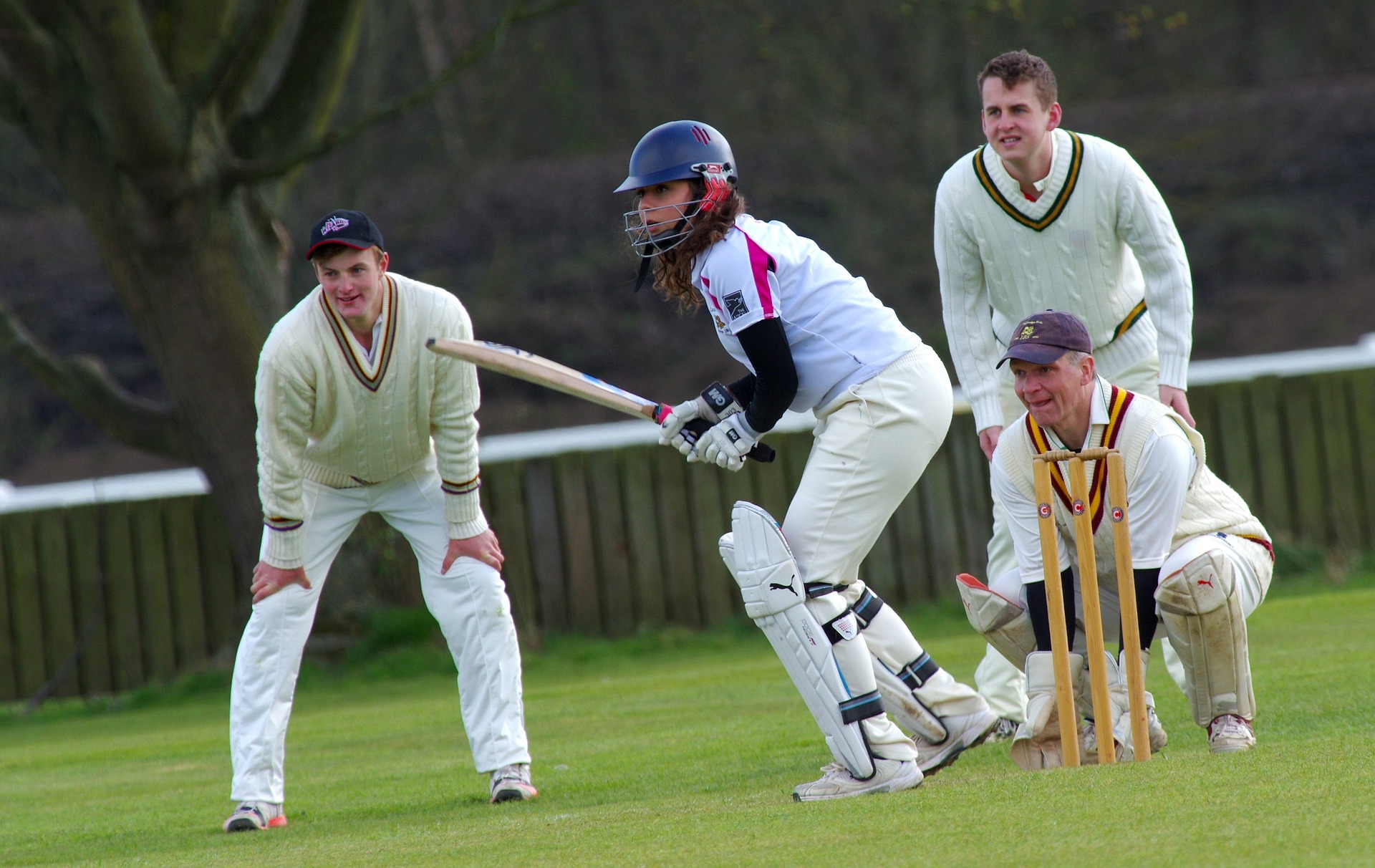Cricket: How the Sport Works, Players, Stadiums, and Matches
Cricket is a bat-and-ball sport played between two teams, with roots stretching back to England and a global following today. Matches range from short, fast-paced formats to multi-day contests, and they take place in a variety of stadiums worldwide. Understanding the game's basic rules, roles of players, and the way matches are organized helps new fans appreciate its strategies and rhythms.

What is cricket as a sport?
Cricket is a team sport centered on batting, bowling, and fielding. Each team alternates between batting and fielding (or bowling) across one or more innings. The batting side attempts to score runs by hitting the ball and running between the wickets or by boundaries, while the bowling and fielding side tries to limit runs and dismiss batters. Formats vary — common ones include Twenty20 (T20), One Day Internationals (ODIs), and Test matches — which differ in overs and duration, shaping tactics and player roles.
How does a cricket match unfold?
A cricket match begins with a toss to decide which team bats first. The fielding team bowls a set number of overs, and the batting team attempts to score runs until ten players are out or overs end. In limited-overs formats, each side has a fixed quota of overs; in multi-day Tests, play continues over scheduled days with two innings per side. Key phases of a match include powerplays or initial overs, middle overs where consolidation occurs, and final overs where scoring accelerates or defensive tactics tighten. Umpires enforce rules and signal decisions throughout.
What roles do cricket players have?
Players typically specialize as batters, bowlers, wicketkeepers, or all-rounders who contribute in both batting and bowling. Batters focus on scoring and building partnerships; bowlers aim to take wickets or restrict runs using pace, swing, seam, or spin techniques; wicketkeepers guard the stumps and attempt dismissals like catches or stumpings. Fielders support bowlers through catching, stopping boundaries, and throwing accurately. Teams select a balanced mix of specialists and flexible players to adapt to match format, pitch conditions, and opposition.
How are cricket stadiums configured?
A cricket stadium centers on an oval or circular playing area with a central rectangular pitch where batting and bowling occur. Stadium capacity, boundary size, and pitch characteristics influence game dynamics; pitches can favor pace or spin depending on surface preparation and weather. Spectator stands, floodlights for day-night matches, practice nets, and player facilities are common features. Stadiums may host domestic and international fixtures, and some venues become associated with distinctive playing conditions that affect team strategy and selection.
How is player performance tracked in cricket?
Player performance is recorded through statistics like runs scored, batting average, strike rate, wickets taken, bowling economy, and fielding metrics such as catches and run-outs. Match scorecards summarize innings, partnerships, and over-by-over progress. Advanced analytics now examine ball trajectory, wagon wheels, and player movement to inform selection and tactics. Performance tracking helps coaches measure trends, manage workloads, and compare player contributions across formats. Objective stats combined with contextual factors — pitch, opposition, and match situation — give a fuller picture of effectiveness.
Cricket blends long-term strategy with moments of rapid action, and understanding its components — the match structure, player roles, and stadium influences — makes following the sport more engaging. Whether watching a brief T20 contest or a multi-day Test, attention to how players adapt to format, conditions, and opposition highlights the tactical depth of cricket as a global sport.






